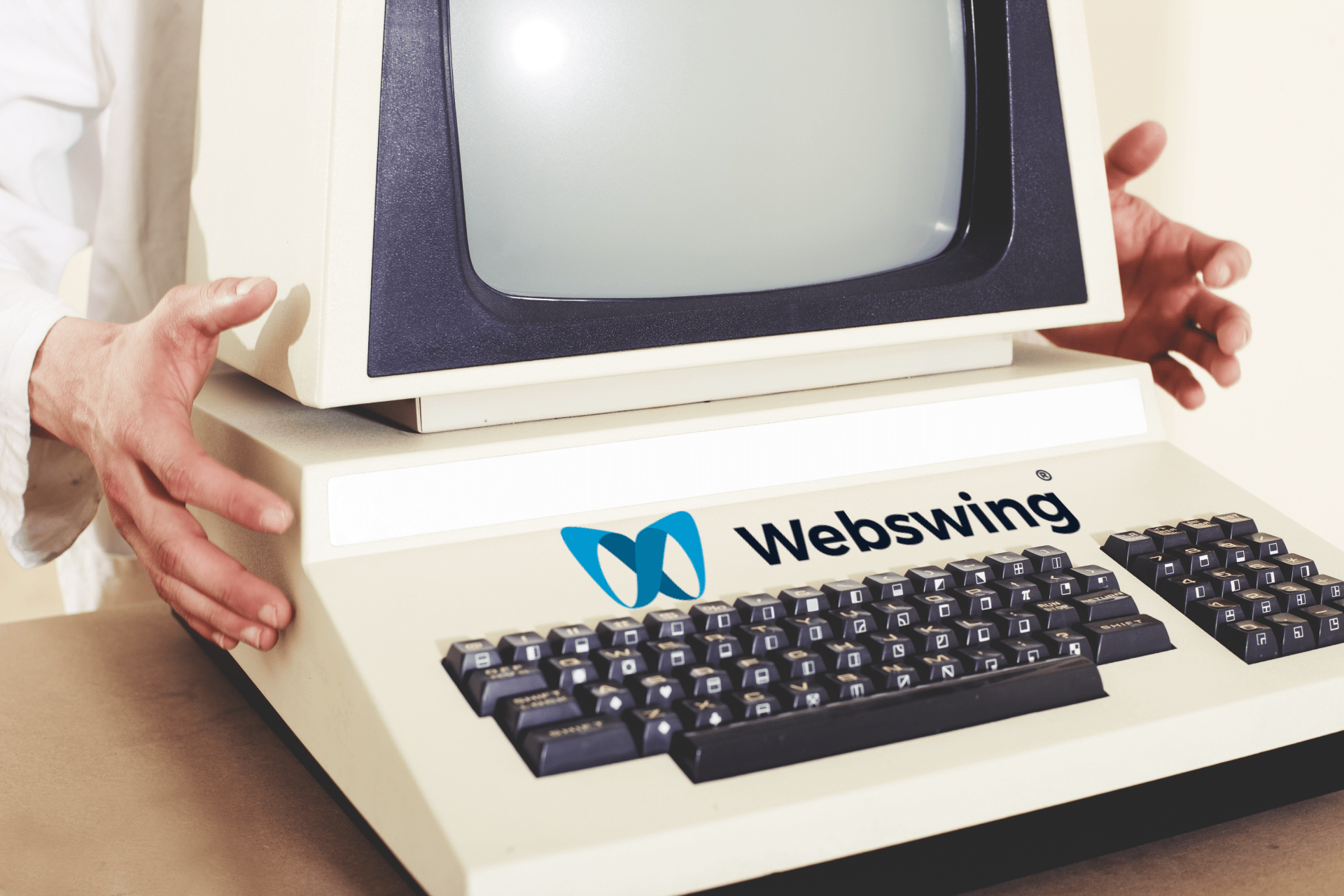As we all know Java Swing is a graphical user interface toolkit that was first introduced as part of the Java Foundation Classes (JFC) in 1997. It was designed to provide a way for developers to create rich, interactive graphical user interfaces for desktop applications using the Java programming language. Since its introduction, Java Swing has become a popular choice for developing desktop applications, due to its ease of use and wide range of features.
However, despite its popularity, the development of Java Swing applications has not been sustainable towards the future. However, nobody knew it back then. One of the major challenges faced by Java Swing developers now is the difficulty of maintaining compatibility with modern operating systems, hardware and general requirements of its users.

As technology has evolved, new operating systems have been introduced, and hardware has become more advanced, new versions of Java are constantly introduced under the Oracle umbrella, many Java Swing applications have become outdated, difficult to use and most importantly the developers who were excited about Java Swing back in the days, are slowly retiring now.
This has made it increasingly difficult for companies to maintain their legacy desktop applications, leading to a growing sense of frustration among users.
The rise of web applications has changed the expectations of users, who now expect to be able to access their tools and applications from anywhere, using any device. This has created a huge challenge for companies that have invested heavily in desktop applications, as they struggle to find ways to make these applications accessible and usable in a web-based environment. This has led to a growing sense of technological debt, as companies find that they are stuck with outdated and difficult-to-maintain desktop applications that are not meeting the needs of their users.
The idea of rewriting a desktop application from scratch is generally not the brightest one, as this can be a costly and time-consuming process. It requires a significant investment in resources, including time, money, and manpower, and there is no guarantee that the new application will be successful. In addition, there is the risk that the new application will not be well-received by users, who may have grown attached to the original application and prefer its features and functionality.
Instead of rewriting desktop applications from scratch, many companies are now turning to tools like Webswing to run their desktop applications in a web browser. Webswing is a powerful middleware that allows developers to run their Java Swing applications in a web browser without incurring any unnecessary costs or time delays.
This makes Webswing an ideal solution for companies that are struggling with legacy desktop applications and need to find a way to make them accessible and usable to a wider range of users.
To sum it all up, the history of Java Swing applications has been marked by its popularity and ease of use, but constant improvement and massive changes in people’s perception has rendered it obsolete. The rise of web applications has changed the game significantly. This has created a huge challenge for companies that have poured large amounts of resources to create a backbone application for their business, but now they struggle to find ways to shift these applications to the 21st century.
We are on the brink of the new era, because none of the companies has faced this kind of technological and massive change ever before.
And that is why we created Webswing to let the companies run their desktop applications in a web browser instantly, providing an easy and cost-effective solution to this challenge.
Read more about desktop to web transformation with Webswing Migration Framework.

